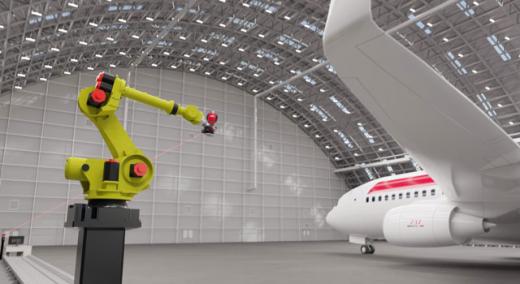Body
As the aviation industry continues to evolve, the need for advanced technology to perform aircraft inspections is important. One such technology is noncontact scanning, which is becoming increasingly popular for full aircraft inspections.
|
ADVERTISEMENT |
Given the extreme forces to which aircraft are subjected during takeoff, flight, and landing, full aircraft inspections are necessary for military and commercial aircraft to ensure that essential features are all within tolerance.
…
Want to continue?
Log in or create a FREE account.
By logging in you agree to receive communication from Quality Digest.
Privacy Policy.

Add new comment